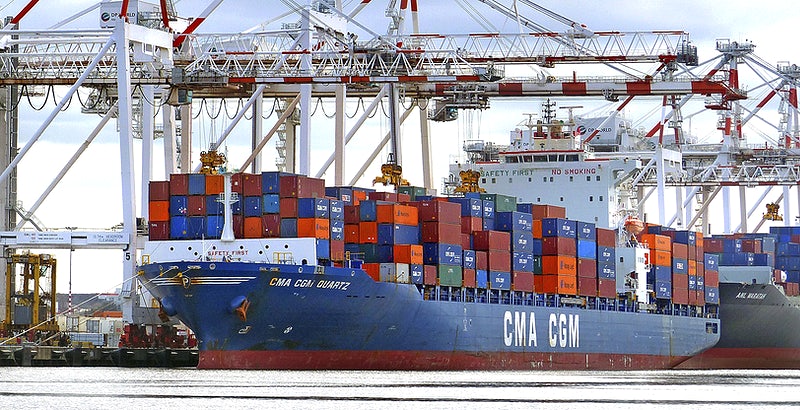
By Sean McClinton
The space industry is not immune to the supply chain challenges facing most industries today. When this is compounded by national security concerns about where key technologies are being sourced, it can lead to significant challenges making tight launch schedules. The space industry has continued to grow with the falling cost of launch, “commercial off the shelf technology”, and increased investment. This growth plus COVID-related challenges have placed new demands on the supply chain and requirements on the industry to adapt. The space industry supply chain is transforming from a more “bespoke” model to one that needs to produce higher volumes. Labor issues, increased demand, and shipping delays are key challenges facing the industry in both the short and long term. We will explore in more detail these challenges and how the industry continues to respond and adapt in this month’s blog post.
Traditionally, the longest lead times for the ground station element of a space mission were regulatory approvals, namely spectrum use approvals. Now, we are seeing manufacturing and supply chain challenges requiring more and more lead time. This has affected ground stations and their components (antennas, semiconductors, radios, etc.) Manufacturers are seeing increased demand from the space industry and must balance that demand with existing customers in larger industries such as automotive and technology (i.e., PC’s, phones, tablets) as well as growing industries such as robotics. The space industry had already started to push to make itself more independent of hardware with a push towards software. Adoption of software-defined ground stations with software-defined radios make the ground stations more configurable to different customer needs without needing to order another piece of electronics or hardware.
During the height of travel restrictions caused by the pandemic, many international ground station deployments were put on hold. The loosening of these travel restrictions has caused a spike in demand for international ground station deployments. Most space missions have a launch date that drives readiness for the spacecraft and ground station. Increased lead time must be factored into the deployment of a ground station to ensure everything is ready for launch day. In some cases, it may not be possible to speed up production of components, in which case other strategies must be employed. For example, weeks may be saved by shipping components by air instead of traditionally by sea. This approach may increase costs but save valuable time. Another adaptation is to utilize existing assets to meet requirements. RBC Signals operates a global network of operational ground stations that can often negate the need to build new systems. Utilizing existing assets can also provide a bridge while more capacity is brought online to overcome near term supply chain time delays.
RBC Signals President and COO Ron Faith spoke about the supply chain challenges facing the space industry at the SpaceTech Expo in April, covered in this article. This panel discussion showed that the space industry is aware of and discussing supply chain challenges. Companies such as RBC Signals are facing those challenges with both traditional and innovative solutions mentioned above. We expect some of these challenges to resolve themselves over time, and some to remain. In the meantime, we are developing new ways to be able to meet customer needs in deployments while helping the industry create a new operating model that can better unlock the potential of space.
